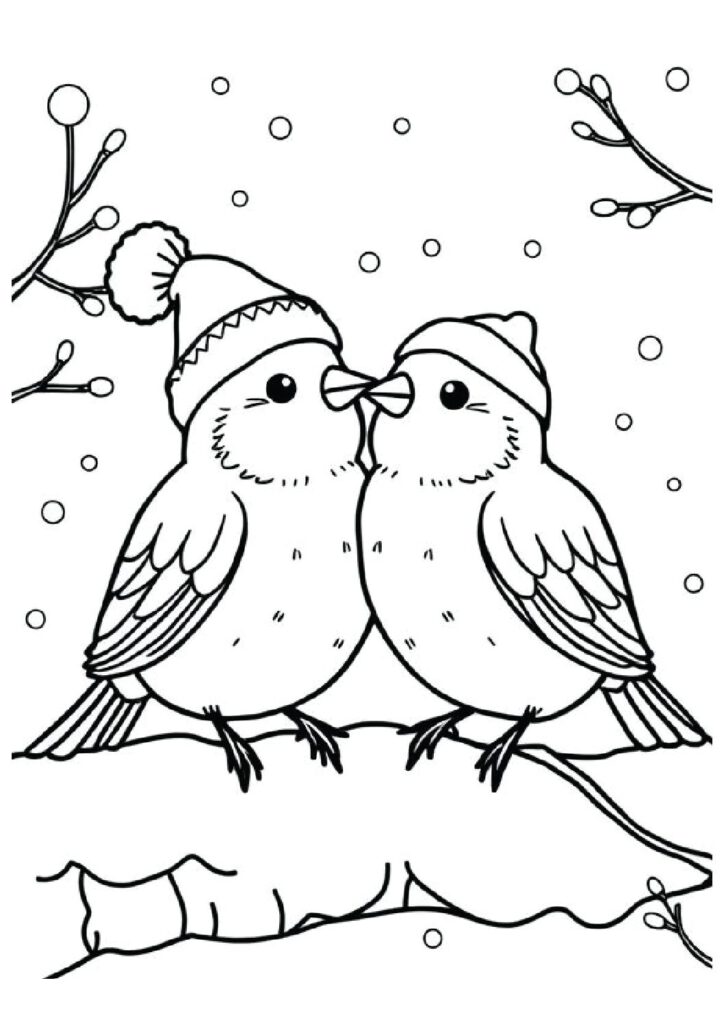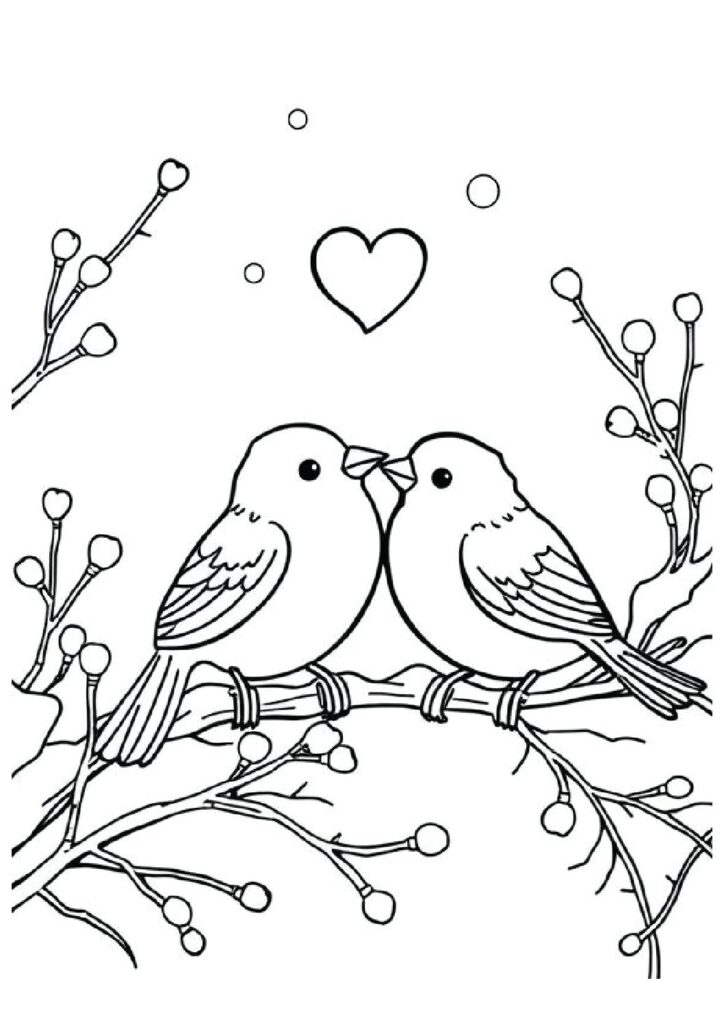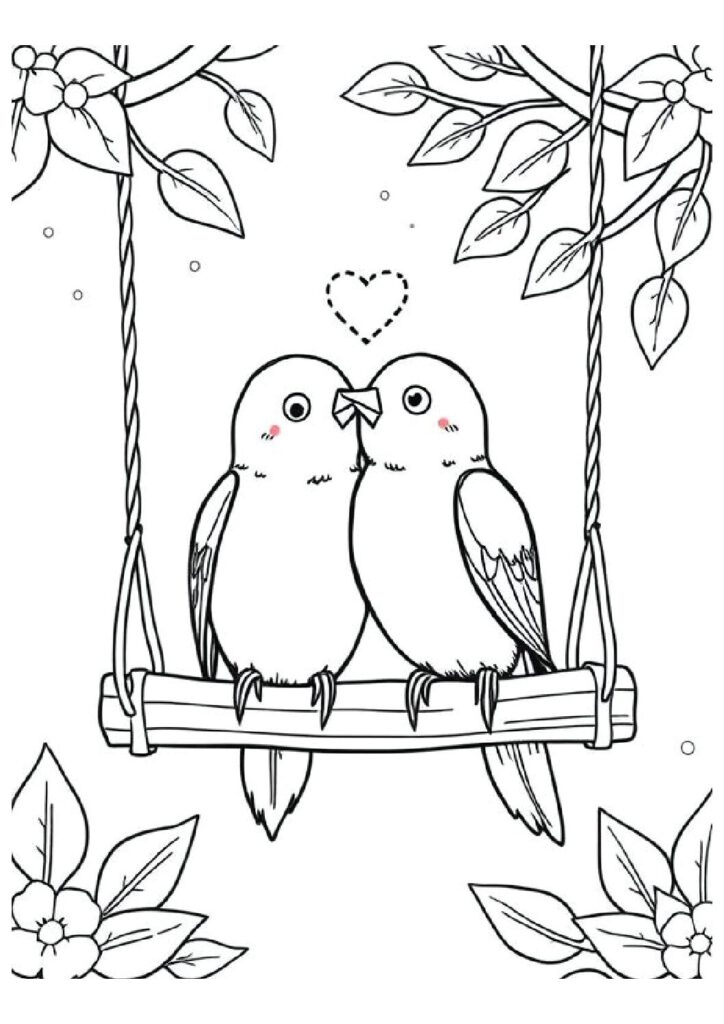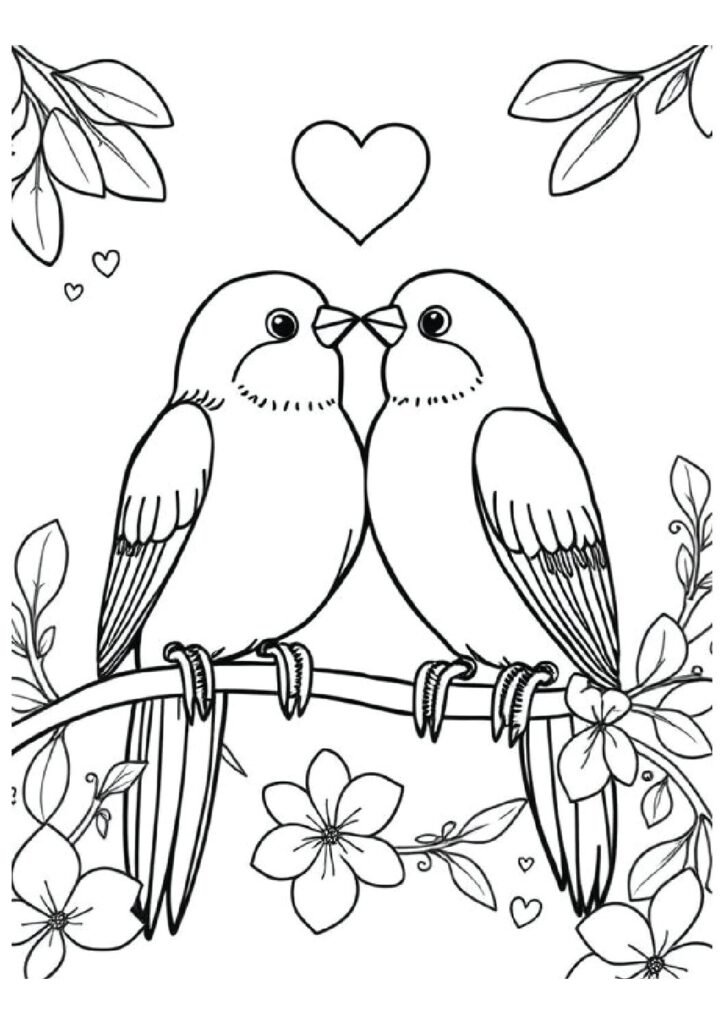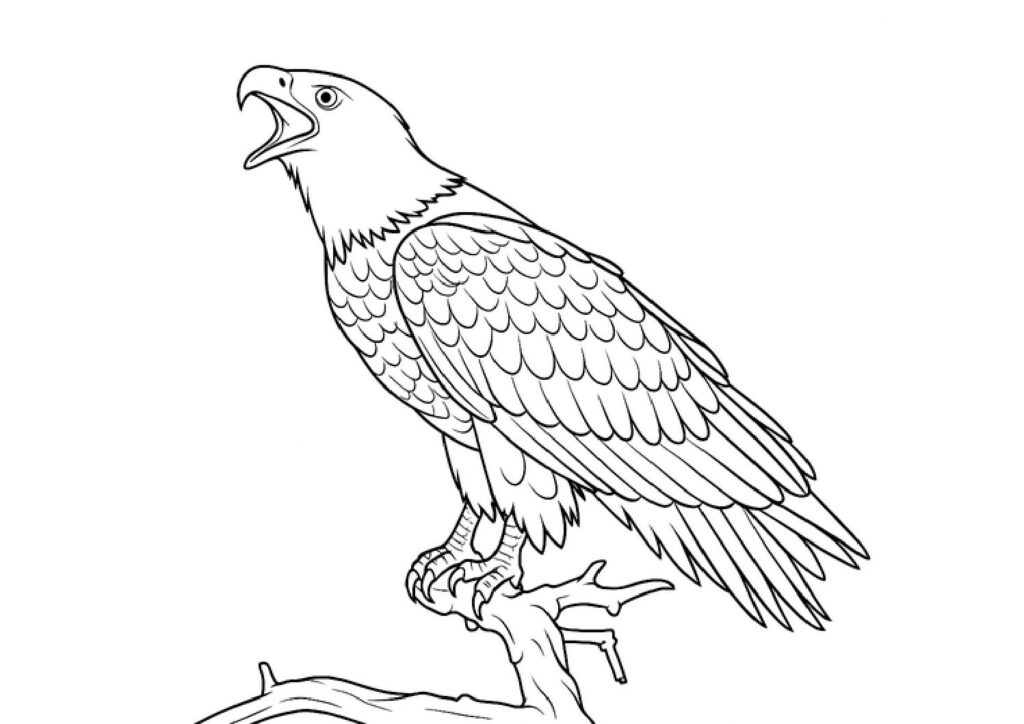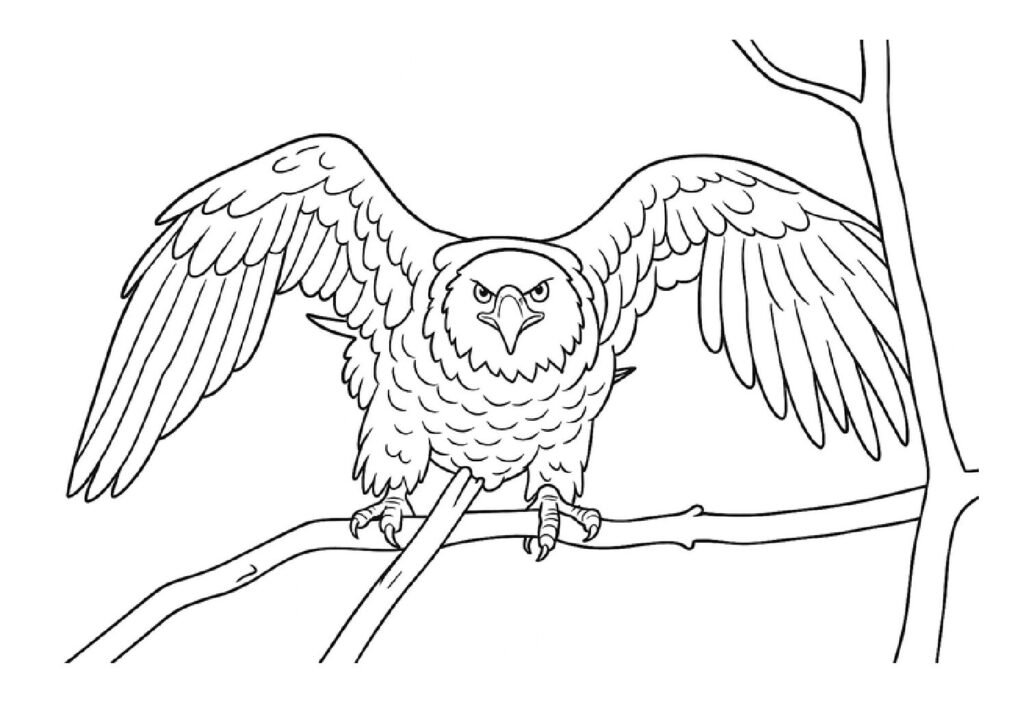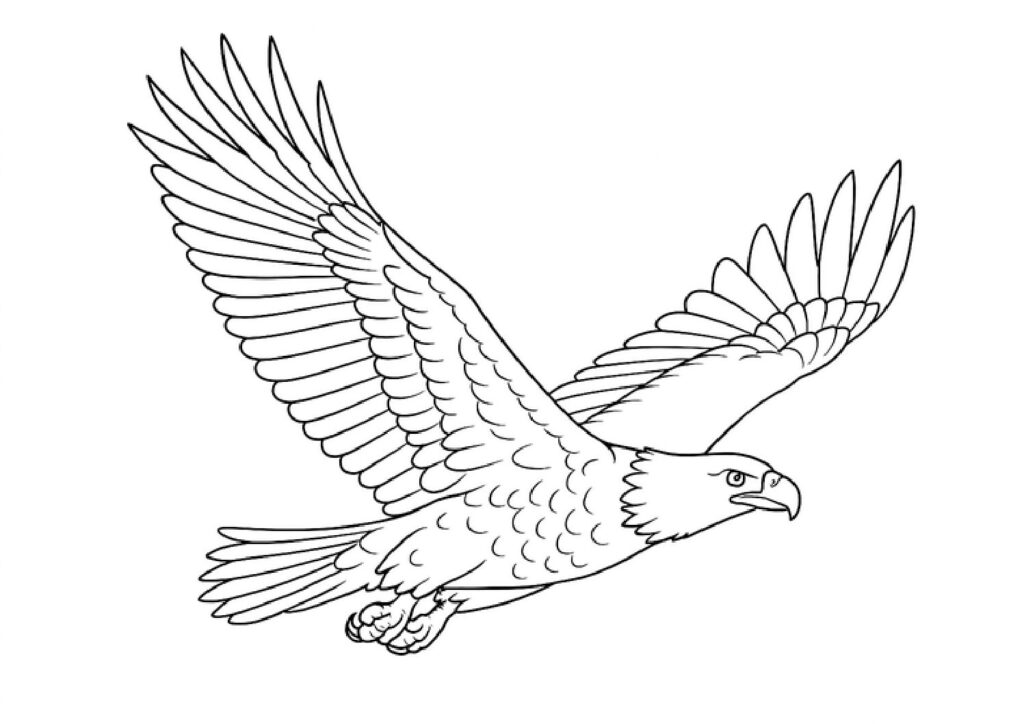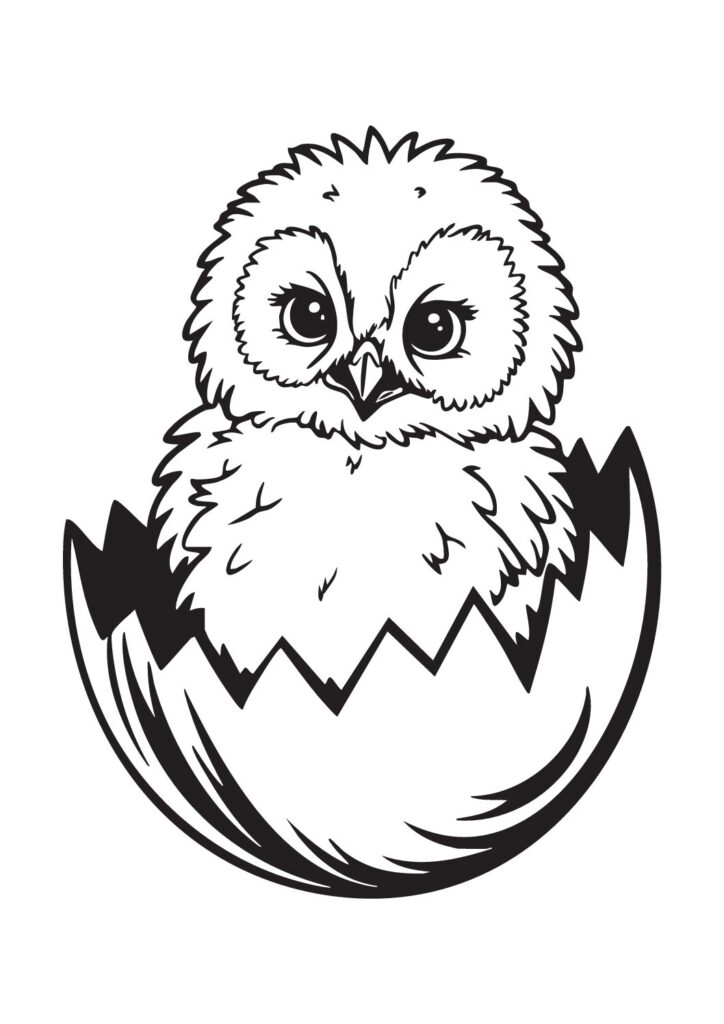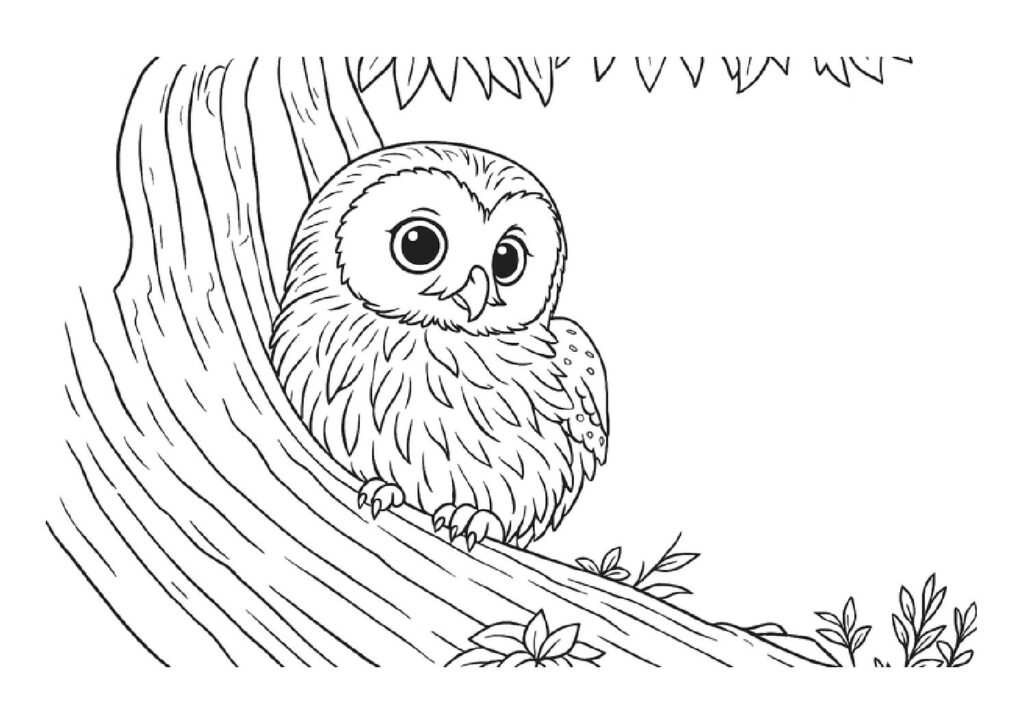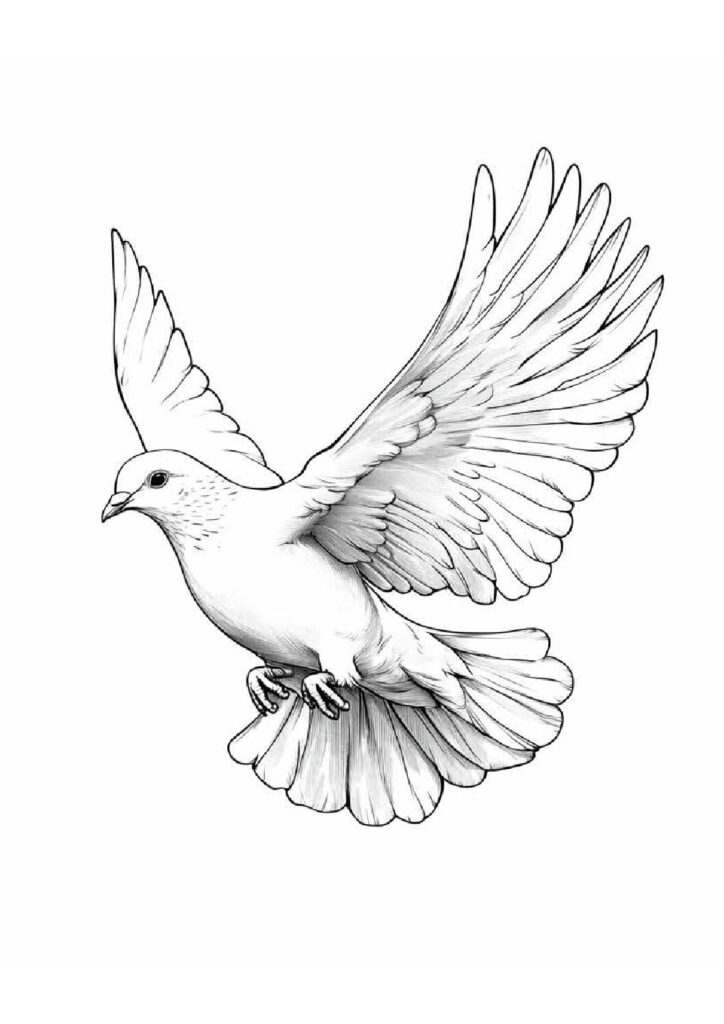7 Free Lovebirds Coloring Pages for Download (Printable PDF)

Discover our free printable collection of lovebird coloring pages featuring these charming and affectionate parrots in delightful poses! Download these high-quality sheets showcasing popular species like Fischer’s lovebirds, peach-faced lovebirds, and vibrant Masked lovebirds displaying their beautiful feathers and playful personalities. Perfect for kids and bird enthusiasts, these detailed animal coloring pages capture the sweet nature of these small parrots known for their devoted pair bonds and colorful plumage. Each printable sheet brings these beloved companion birds to life, highlighting their characteristic short tails, compact bodies, and expressive faces!
Enchanting Lovebird Facts: The Ultimate Guide to These Colorful Companion Birds
Introduction
Lovebirds comprise nine distinct species within the genus Agapornis, originating from the African continent and Madagascar, with sizes ranging from 5-7 inches making them among the smallest true parrots. These vibrant birds earned their romantic name from their strong pair bonds and affectionate behaviors, often seen preening each other and maintaining close physical proximity throughout their lives.
Bonding Behaviors
Lovebirds form extraordinarily strong pair bonds that typically last their entire lifetime, with partners spending hours each day grooming one another and maintaining constant communication. This deep attachment extends beyond mating purposes, as bonded pairs share food, coordinate activities, and often sleep cuddled against each other, displaying emotional connections rarely seen in other avian species.
Species Diversity
The Fischer’s lovebird displays a striking green body with bright orange face and chest, while the peach-faced lovebird exhibits varying color mutations including blue, yellow, and pied patterns developed through selective breeding. The black-masked lovebird features a distinctive black facial area contrasting sharply with its green body and red beak, demonstrating the remarkable color diversity that makes these birds particularly appealing to aviculturists.
Intelligence and Trainability
Lovebirds possess remarkable problem-solving abilities, capable of learning complex tricks and commands despite their small size. Their intelligence manifests in their nest-building techniques, where some species famously shred materials into strips, then carry these strips tucked in their rump feathers back to the nest—a unique behavior demonstrating both tool use and planning capabilities.
Care Requirements
Lovebirds require spacious cages allowing flight opportunities, with minimum dimensions of 24×24×24 inches for a single pair, despite their small physical size. Their diet should comprise approximately 60% high-quality pellets, 30% fresh vegetables and fruits, and 10% seeds, avoiding avocado, chocolate, and caffeine which are toxic to these sensitive birds.
Social Needs
Despite popular belief, lovebirds don’t necessarily require a bird companion and can bond strongly with human caretakers when hand-raised. Single lovebirds need significantly more human interaction (minimum 2 hours daily) to meet their social needs, while paired birds keep each other company during owner absences, making them more suitable for individuals with busier schedules.
Longevity and Health
With proper care, lovebirds regularly live 10-15 years in captivity, with some individuals reaching up to 20 years of age. Common health concerns include respiratory infections from drafts, nutritional deficiencies from seed-only diets, and behavioral issues like feather plucking resulting from boredom or stress, all preventable with appropriate husbandry practices and regular avian veterinary care.

